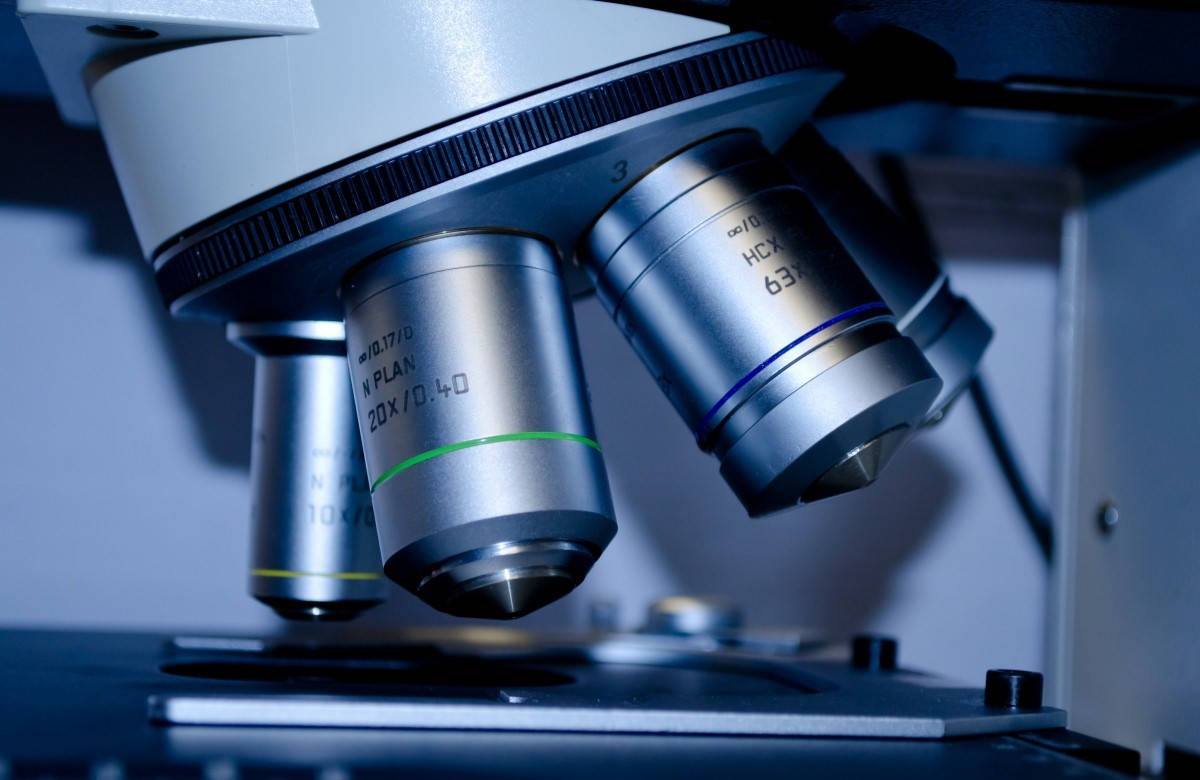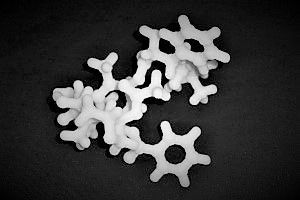Using Rapid Prototyping for Medical and Healthcare Products
It is accurate to claim that the design and development of new medical products can turn out pricey and time-consuming. Thankfully, with the advent of rapid prototyping, it is no more the case. For concept and market testing of your medical products, a rapid prototyping manufacturer will turn out to be convenient for you. With its help, you can receive prototypes swiftly and cost-effectively with necessary functions. You can also obtain production parts in low-volume manufacturing, help you to launch your new medical device to the market economically and effectively.
Rapid prototyping is the quick fabrication of a physical part/model using computer-aided manufacturing and design technologies. Recently, many sectors, such as the healthcare sector, have utilised rapid prototyping technology in medical prototyping. They have also used it to produce low-volume production parts. It keeps costs in check with the significant speedup of the development cycle. Hence, it helps clients test the latest ideas on a low budget with swift delivery.
Unlike traditional wait for months, the new manufacturing technologies offer a working prototype to customers within few days. Plus, it enables one to try out multiple models with varying design iterations, within the shortest lead time possible. All in all, it boosts the likelihood of gaining a model that will meet the project requirements in a timely manner, while keeping the product development budget within control.
Medical Prototyping Techniques
There are multiple techniques of medical prototyping. Nonetheless, we will discuss some of them here. So, let's jump right into it without the fuss.
3D Printing
The ideal way to manufacture medical prototypes is through 3D technologies. It is an additive layering process. It forms complex geometric shapes for applications, since 3D printing allows the swift production of individual components. The profiles can include prosthetics and medical models. The inexpensive iterations of the design are also possible with rapid prototyping for efficient debugging. So, it is significantly precious for the initial conceptual design and functional testing of new medical parts. In addition, 3D printing provides the benefit of form-fit testing. However, it extends the downside of lack of surface finish and limited texture, materials, and colour.
CNC Machining
CNC machining paves a quick way to produce highly accurate and functional medical prototypes. It helps create complex 3D shapes, features, geometries, and surfaces on metal (ferrous or non-ferrous) and plastic substrates. For delivering medical prototypes with complex geometries, CNC Milling machines and Turning Centres, usually prove a cost-effective option. Moreover, the machining process produces tight tolerance and smoothly finished medical prototypes repeatedly and accurately.
Vacuum Casting
Vacuum casting is an excellent way to create flexible and small-to-medium quantity parts. In comparison to FDM or SLS-3d printing, vacuum cast parts have better surface finishes. It is also more reasonable in terms of cost since the moulds are inexpensive and quick to produce, compared to injection moulds. Engineers usually leverage it for specific medical rapid prototypes, such as medical device housings or anatomical models.
Rapid Injection Moulding
Medical device manufacturers needing medium-volume production moulded parts use rapid injection moulding out of different thermoplastic grades. Rapid injection moulding can produce lightweight, strong, and intricate details at a low cost per part. It proves a better choice since it meets the needs on a range of counts in the later stages of medical product development. It includes manufacturability analysis, clinical evaluation, investor demonstration, engineering testing, or production readiness. Also, it helps bridge the gap between medical prototyping and production. Before shifting it to mass manufacturing, it turns out handy to discover and correct any issues.
Rapid Prototyping Applications in the Medical Industry
The applications of rapid prototyping in the medical industry are enormous. It is valuable on various fronts, such as medicines, surgeries, prosthetics, and robotics.
Medical Devices
Nowadays medical and healthcare sectors are growing at a fast pace, illustrating new developments in product design, material selection and prototype methods for the medical device and instrument construction. New methods are evolving for designing and developing medical devices using advance rapid prototyping and manufacturing technologies. Medical professionals have discovered how the latest advancements in medical engineering has supported their work by making surgery or treatment process easier than ever before.
Early development stage of product cycle has profound impact on the product usability, budget, quality and manufacturability. Rapid prototyping techniques play a pivotal role to move medical devices from concept to production stage with ease. Advanced materials and technologies have increased the potential to find better solutions for medical problems which were unimaginable, up until now.
Pharmaceutical industry
The role of Rapid prototyping in medicine and biomedical engineering is expanding at a fast pace. Rapid prototyping helps figure out the shape, size, and dosage form of pills. Likewise, one can also predict its effect on the human body and the efficacy of the medicine before entering mass manufacturing. The future of medicine prototyping technology will concentrate on maximising automation. It will also focus on managing big data to develop efficient medication.
3D Printing of Protein Models
Recent development in 3D printing technology enable, the cost-effective way of producing high-quality and accurate 3D models of complex Proteins and other molecules in a variety of molecular representations. These physical models can be a great tool for demonstration of the structure-function relationship of a molecule for your next presentation or exhibition of your finding.
Your first stop for finding a digital model of your molecule is the NIH 3D Print Exchange, which is a public resource for Bioscientific and Biomedical 3D prints. Alternatively, find your model on the Protein Data Bank and download in PDB format. These PDB files can be converted to STL format using, interactive visualisation and molecular structure analysis programs such as UCSF Chimera or VMD
Surgeries
The integration between two modern digital technologies, reverse engineering and rapid prototyping, has proven to be a valuable tool for evaluation of design and surgical planning. A physical model manufactured from CT/MRI scanning data can offer surgeons a clear understanding of complex anatomical detail.
These bio-proto-models are invaluable tools for risk analysis to the surgeons in diagnosis and treatment planning. A physical biomedical model prototype reduces the operation time, also facilitates surgery planning and makes it possible to do the rehearsal and simulation of the operation.
Rapid prototyping is effectively valuable for dentists and orthopaedics. The reason is that it helps develop a replica of bone damage and repairing progress. The outcomes from CT scan, x-rays, and MRIs can be changed over into a 3D imitation with rapid prototyping. Furthermore, it helps comprehend the deformities in teeth and their abnormal growth.
Prosthetics
Earlier, it used to take a great deal of time to design prosthetics with standard estimations of damaged organs and full of uncertainties. But now, designing prosthetics has become enormously fast, with nearly no chance of any error. 3D printers create prosthetics with the exact dimensions and size and even create different replicas to roll out essential improvements. Sooner or later, we could make prosthetics that mimic the elements and functions of the regular body part.
Robotics
Today, it is possible for experts to create bionic limbs that can imitate the natural movements of legs and hands. It is all happening because of the appropriate use of our current technology that enables us to build robotic arms and legs. At the same time, scientists have more ambitious aims. They are looking for ways to take the medical instrument prototyping to a point where we could print stem cells, body organs, skin cells, white blood cells, and red blood cells.
Conclusion
The role of rapid prototyping in the development of technological advancements in the medical industry is pivotal. It allows virtual simulation, experimentation, and realistic representation that have shaped our existing reality. On top of it, the potential is far more than we have realised until now. Along these lines, are you looking for high-quality and cost-effective rapid prototyping services? ArpTech offers custom-made aesthetic and functional prototypes to help you meet your exact requirements. These conditions can even range from design concepts to short-run production.



